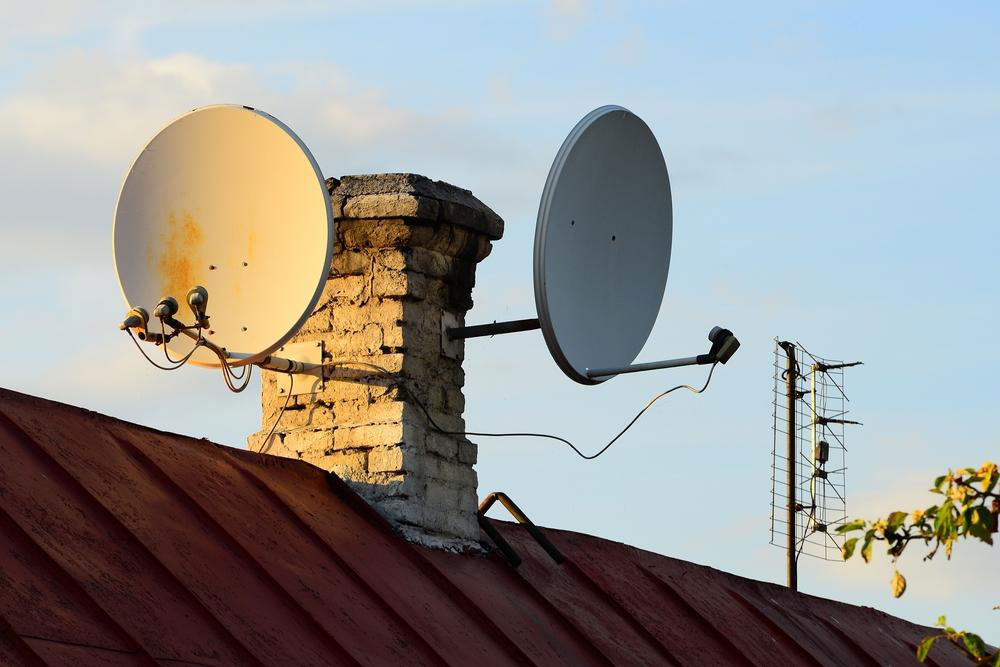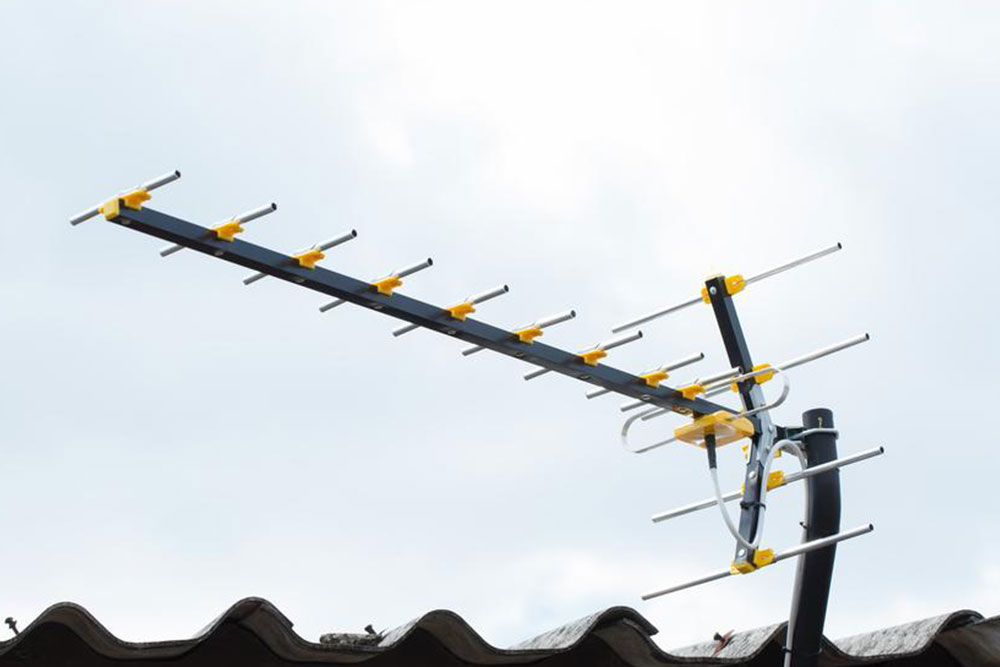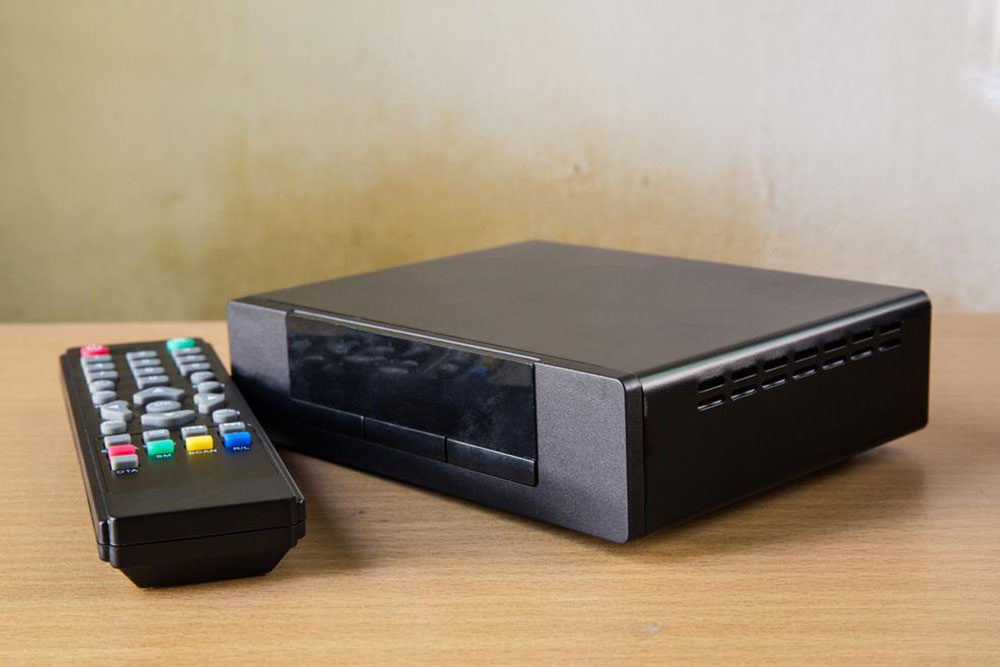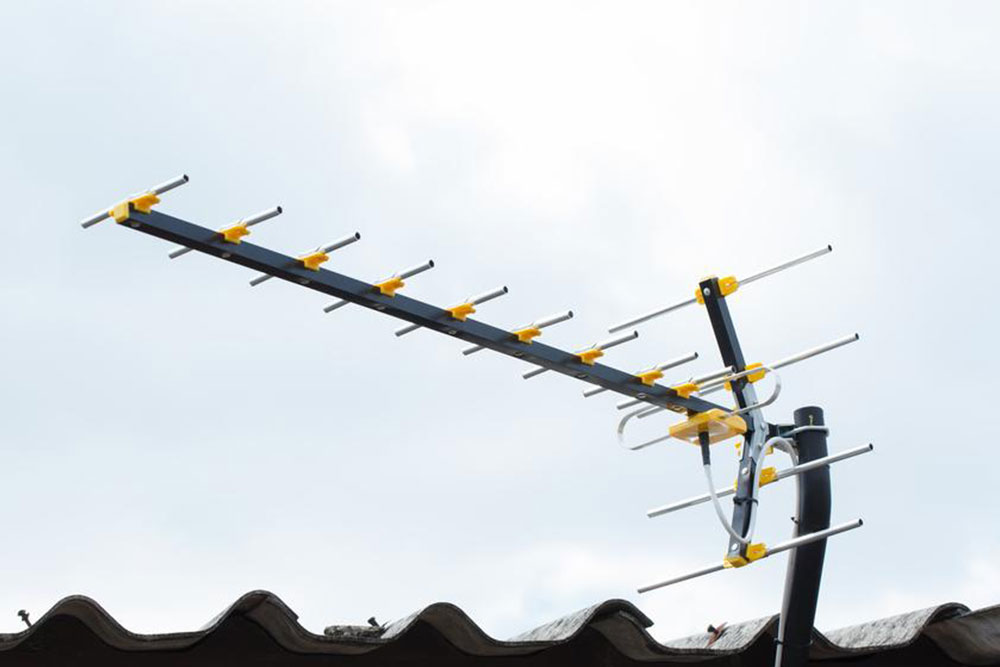Comprehensive Guide to Installing TV Antennas for Superior Signal Quality
Learn everything you need to know about installing TV antennas for optimal signal reception. This comprehensive guide covers antenna types, placement tips, safety precautions, and accessory options to ensure the best TV viewing experience. Whether you're upgrading your current setup or installing a new antenna, discover expert advice to maximize signal strength and picture clarity for free over-the-air channels.

Comprehensive Guide to Installing TV Antennas for Superior Signal Quality
In today's digital age, having a reliable TV antenna can dramatically improve your television viewing experience by giving you access to a wide range of over-the-air broadcast channels without the need for cable or satellite subscriptions. Whether you're a casual viewer or a dedicated cord-cutter, understanding how to properly install and position your TV antenna is essential for optimal signal reception. This detailed guide covers everything from choosing the right type of antenna to expert installation tips that ensure you receive the clearest picture possible, all while maximizing signal strength and minimizing disruptions.
TV antennas come in two primary varieties: indoor and outdoor. Each type has its unique advantages and considerations, depending on your installation environment and the distance from broadcast towers. Indoor antennas, such as dipole, loop, and flat-panel designs, are easy to set up and ideal for apartments or homes close to broadcast sources. They can be conveniently placed on or near your television or mounted on windows for better reception. Outdoor antennas, on the other hand, are designed to be installed on rooftops, attics, or high structures, providing enhanced reception capabilities especially in areas farther from broadcast towers.
The decision between indoor and outdoor antennas depends on several factors including your location, building structure, and personal preference. Outdoor antennas generally have a longer range and better signal quality because they are exposed to fewer obstructions, but they often require more complex installation procedures and tend to be more costly. Conversely, indoor antennas offer a quick setup and are suitable for urban areas with strong broadcast signals.
When selecting a TV antenna, it’s crucial to consider key specifications such as signal range, design, and the number of elements or elements array. The more elements an antenna has, the better it can pick up weak signals and improve picture clarity. Modern antennas often come with features like multiple directional elements, rotators, and built-in amplifiers that further enhance performance. Online shopping platforms provide extensive options, complete with detailed product reviews, ratings, and free shipping offers, enabling you to choose an antenna tailored to your specific needs.
Expert Installation Tips:
Place outdoor or attic antennas at the highest possible point—preferably on a rooftop or elevated mast—to maximize find the clearest signals.
Mount your antenna as high as feasible within your space, avoiding low placements that could reduce signal strength.
Clear the installation area of obstacles such as trees, buildings, or metallic objects, which can cause signal interference or blocking.
Use RF signal boosters or TV amplifiers if needed to strengthen weak signals in areas with low broadcast power or long cable runs.
Safety Precautions for Installation:
Always use lightning arrestors and grounding equipment when mounting outdoor antennas to prevent electrical damage and ensure safety during thunderstorms.
Ensure that antenna masts and mounts are properly galvanized and securely anchored to withstand wind and weather conditions.
Follow all safety guidelines for working at heights—use appropriate harnesses, ladders, and protective gear.
If uncertain about electrical wiring or rooftop work, consider hiring a professional installer to ensure safety and optimal setup.
In addition to selecting the right antenna, consider the accessories available in electronics stores and online platforms. These include universal remote controls, wall mounts, stands, extension cables, and signal amplifiers. Carefully review product features, warranty information, customer feedback, and prices to make well-informed decisions and enhance your overall viewing setup. Proper maintenance, periodic repositioning, and upgrades can further improve your antenna performance over time, ensuring you enjoy high-quality television signals for years to come.




